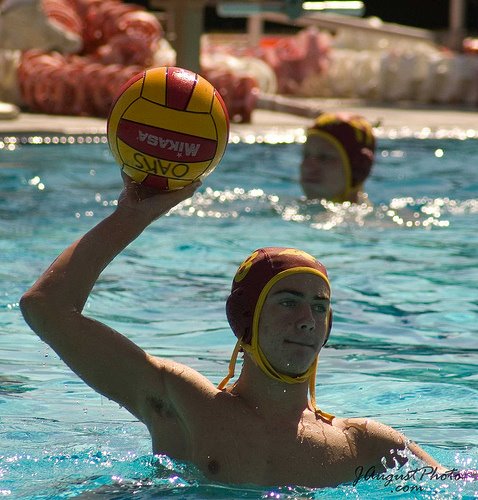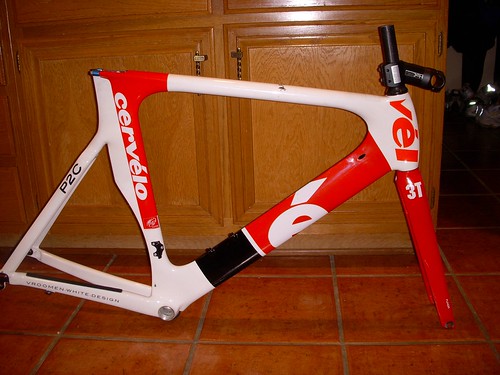Run with Eric:
training
Ride pics

A track workout
Your support system. Don't neglect it.

Eating Paleo, two months in: Data, thoughts and results
Taking advantage of a injury - eating like a caveman
why
a new look and a new beginning
Project 640 - the quest for a faster 2000m erg test

wake up call
2010 Wildflower Long Course
2010 Oceanside 70.3 Triathlon
The New Gemmology
2009 year end book recommendations
Albums Of The Decade: #21

making the most of some downtime
20 years later
2009 Oceanside 70.3 Triathlon
2009 GMS Triathlon Training Camp
2012 Olympics far from a private affair

late night rambling




